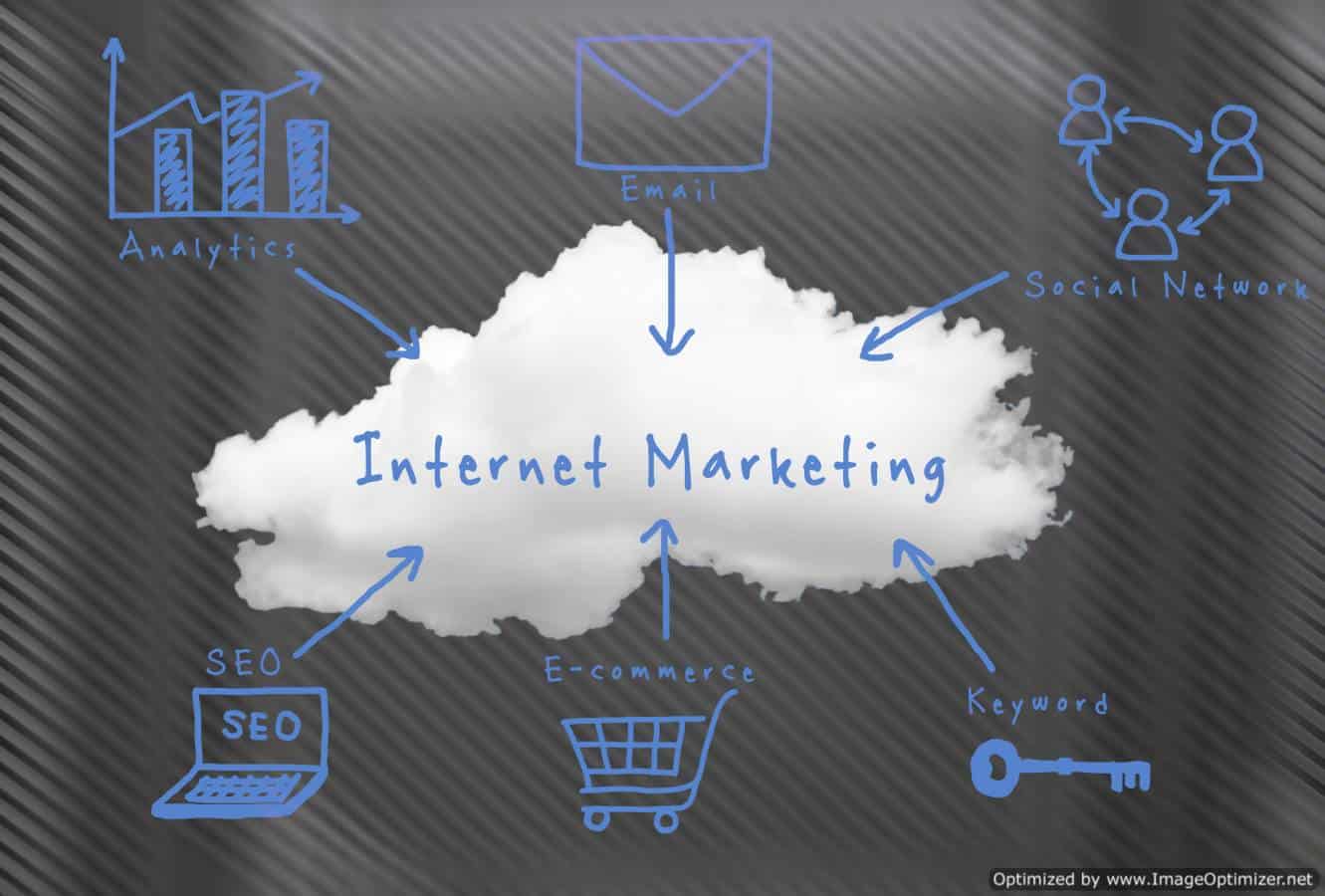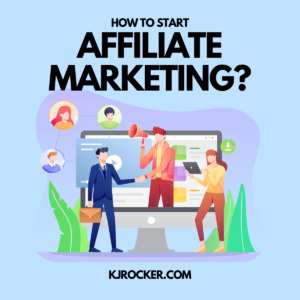The world of Media Buying is a tricky business. Indeed, there are many acronyms and strange letters which you must become acquainted with in order to even think about beginning your affiliate marketing journey. Acronyms such as CPC, CPI, CPL and CPA will pop up like bubbles in front of you. Might as well know some of these terms like the back of your hand, right?
This article will enlighten you, particularly about two of the most popular terms. I’ll attempt to differentiate and specify the unique characteristics of both CPI and CPA. The first one stands for Cost per Install; the other for Cost per Acquisition.
These terms are related to cost calculation. This is something advertisers – the companies which own offers – will definitely bear in mind. On a CPI basis, you’ll get money per each install; on CPA, you’ll be rewarded by a specific acquisition/action.
CPA – Cost per Action
The CPA model relates to subscription services. Wondering what these are? I’m referring to the ones that will charge you once in a while after you’ve signed up for a service. What’s the acquisition? The act of a customer subscribing to offer A or B. Simple. This model means that the advertiser will have to pay per each subscription. Here’s a couple of examples that will clarify what these services are all about: video-providing services, news or even the horoscope. Some game offers also have a CPA model though it’s not something you’ll see happening all the time. Moreover, it’s important to know the CPA model is regarded as very safe, since the advertiser will only pay for the action it wants to get from customers (the subscription to a service).
CPA is great as far as safety goes, particularly in the fraud department. Since a subscription has a cost, traffic tends to be of good quality. Indeed, a rational person wouldn’t wanna be a fraudster when they’ve got to pay per every action made. Of course there’s still fraud on the CPA model. Even so, we’ve got a great group of people that work tirelessly on Mobidea, making sure fraud becomes almost extinct. This is why we showcase the best quality of traffic around!
CPI – Cost per Install
If you’ve thought the CPI model is mainly for games and apps, then you’ve guessed correctly. Every time an app is installed, you’ll get your money. Even so, the process isn’t as simple as it may seem since advertisers have been making increasingly harder demands so as to regulate the CPI model.
Let’s now explore some differences between these two models. The first one is easy to grasp: CPI offers tend to mainly promote apps that are free. Does this mean the advertiser is an irrational being who enjoys paying money for something that’s free? Something that’s not gonna earn him any cash? No, that’s obviously not true.
Here’s what’s up: volumes. Advertisers love them. The more volumes the better, particularly when a campaign is at its first stages. What does this mean? That advertisers want the maximum number of installs possible and that’s why they make sure it’s all free. It’s a way to appeal to users and nothing more. Why do advertisers need to lure so many people in? Because they know that only an infinitesimal part of those installers will actually become what we call “active users” and an even shorter, iota of a fragment will become real paying customers. The advertiser is playing the numbers game: the bigger the number of users who install the app, the higher the number of those special users who’ll actually spend money on that said app. It’s all about paying users.
Paying users are almost the complete opposite of the churn rate kind-of-users. The churn rate is the rate in which users abandon a given product/service. This holds true for both of the models we’re dealing with in this piece but it’s much more relevant for CPI. The reason why is because the churn rate will impact the rate of users who install the app and will never become active. Lower churn rates = higher traffic quality. Simple stuff.
So what happens after a user becomes active? In a perfect world, he’ll become one of those paying users advertisers love; the fellow who makes a lot of in-app purchases. This guy is what the model is all about: the fan who spends countless hours playing online, spending real money to buy a new helmet for his hero or new levels to explore, etc. This is the guy that makes it all worth it for the advertiser as he compensates for the thousands of others that have paid 0 and therefore aren’t going to be much help.
Is there another method an advertiser can use in order to make money? Yes: he can promote other apps in his products. This way, he uses the traffic he’s got, earning money advertising some other apps that can be either from his own company or belong to others.
This is when we reach another stage; a new acronym for you to know: ARPPU – Average Revenue per Paying User. This parameter is fundamental insofar as – if considered alongside the customers’ retention periods – it allows you to have the crucial LTV or lifetime value. This is a key element since it measures true performance on both these models (more relevant on CPI). For an advertiser, there’s nothing more relevant than making their LTV higher than their CPI. This is what’s needed for you to come to the conclusion that you’ve got a successful campaign.
CPI and CPA – Quality of Traffic
Remember when I referred to fraud? I guaranteed there was a difference between these models and now it’s time to expatiate on that. CPI, for one, is more susceptible to fraud, particularly when we talk about apps that are free.
Why? Because there are always shady people that use bot traffic, for instance. They set up a robot which is known as “bot” and it keeps on installing games/apps for a long time, making sure to earn money from each fake install. There’s a problem with this idea, though: soon, the advertiser will know that something isn’t making sense. Indeed, from thousands of offers, he’ll see little to no active users at all. That’s when he knows fraud is going on. He’ll see his churn rate go up like a rocket and realize the game’s up!
Forbidden traffic is also a very well-known fraud-method, quite popular on CPI. This term has a relation to incentivized traffic, which is a traffic type that rewards users when they perform an action (it’s an incentive to the user to install an app). These incentives can be special items or lives. The idea of an incentive is almost like cheating, and that’s why this is usually regarded as low quality traffic. In fact, the users perform an action – not because they really want to – but just because there’s something in it for them. This “install-and-leave” mentality makes advertisers run away from this practice.
The idea that fraud’s always around the corner has changed the business. In fact, CPI business models are more rigid and generally filled with rules. It’s even normal to hear such terms as CPI+CPA or CPI+KPI referred to as actual cost models, in which you’ve got to match the app install with a given performance indicator. In KPI – Key Performance Indicators – it can be something along the lines of reaching the level 15 on a game during the first week, or an in-app purchase – on CPA – such as acquiring a customizable item.
Advertisers have created this so as to have a protection that helps them fight against low quality traffic. It appears to be obvious that the standard model will always be cheaper than these more expensive models, since users only need to install and then open an app for a conversion to occur. Therefore, the standard model should be your choice. Even though the other models can be profitable – in case you’ve got a good offer – it’s very hard to get the kind of profits you’ll see with the usual route.
Now you know all about CPI and CPA. In case you’re wondering which one is best, here’s my answer: it always depends. This isn’t science and choosing between these two models depends on the offers you’ve got, the segments, the profile of each Media Buyer, etc. Moreover, CPI offers usually have a lower payout than their CPA counterparts inasmuch as a conversion is – most of the times – just the install of an app that’s free.
My advice is for you to select the model which best fits your style. Test more than you’ve ever tested before so as to gather enough data to make the right decision. Guess what? I suggest you work with both offer types: your portfolio should be diverse so as to boost the chances of making a great financial investment!
Author: Raul Correa-: Raul Correa is an expert Media Buyer working on Mobidea. He is currently exploring the potential of such diverse countries as Italy, Spain, Portugal, Romania, Poland or Russia.
Website: https://www.mobidea.com/
Twitter: @mobideanews
Facebook: https://www.facebook.com/Mobidea/?fref=ts
LinkedIn: https://www.linkedin.com/company/mobidea




